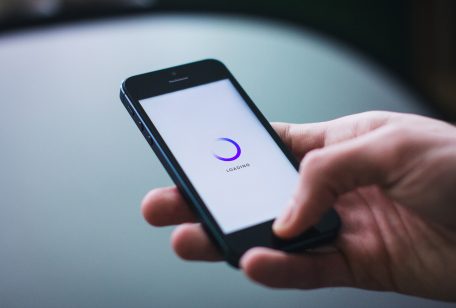
MDC Newsroom
There are more than three billion global Internet users. Millions of these consumers use their smartphones as the main point of access to the Internet, and although you may think that the speed of access of 5G technology is the only benefit, its application goes much further. Let’s look at some concrete use cases.
Over the last decade, we have heard about the imminent arrival of IoT, the proliferation of mobile devices, autonomous cars, smart grids, home automation, eHealth, and other technologies that will need an infrastructure that provides expedite low-latency access to the Internet.
With the speed of 5G, the healthcare sector could normalize the use of robots for remote surgical operations. The laser precision required to mirror every single movement from a physician located miles away from the robot needs an ultra-low latency connectivity to the Internet.
For surgical robots, the laser precision required to mirror every movement from a physician located miles away needs ultra-low latency access. With the speed of 5G, the healthcare sector could normalize the use of these robots for remote surgical operations.
Read on: Four trends that will increase broadband consumption
Another application is in autonomous and connected cars. Autonomous vehicles need extremely low latency to respond to braking orders in time. Also, wireless communication between cars, known as Car-To-Car (C2C), and with the infrastructure, Car-To-Infrastructure (C2I or C2X), will allow autonomous driving with more environment data and a greater ability to react to an event.
The 5G infrastructure promises data speeds up to 100 times faster than 4G. With the latency of 4G, a car would travel 1.4 meters before receiving the order to stop. Whereas with 5G latency, the distance would be reduced to just 2.8 centimeters. A difference that could save or kill.
Read on: Benefits of neutrality for the transformations of 2020
In mid-2018, the 3GPP – the international organization that governs the standards of mobile communication – approved the standard and final specifications for the 5G in its New Radio (NR) version. That is, the 5G that will be independent and that will not rely on existing networks.








